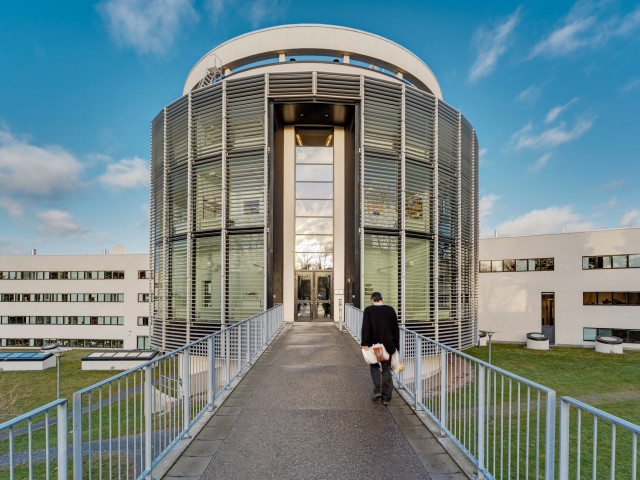This course aims at giving students hands-on experience and chemistry lab practice on solution based chemical fabrication techniques for nanomaterials. Students (in teams of 2-3) will choose a topic among the available list of projects. This project begins with a comprehensive literature search on the fabrication and characterization of the selected material by conventional routes and advantages vs. disadvantages of the used methodologies: to be presented in the form of a written report.
IM2659 Project on Nanomaterials 7.5 credits
This course has been discontinued.
Decision to discontinue this course:
No information inserted
Information per course offering
Course offerings are missing for current or upcoming semesters.
Course syllabus as PDF
Please note: all information from the Course syllabus is available on this page in an accessible format.
Course syllabus IM2659 (Autumn 2011–)Content and learning outcomes
Course contents
Intended learning outcomes
This course will give hands on experience on bottom-up, solution based, synthesis techniques of nanomaterials and use of standard analytical tools for materials’ property evaluation.
After a successful completion of the course, students should be able to:
· Perform an extensive literature survey on the synthesis topic/material of choice.
· Prepare a detailed report on the topic of synthesis/material.
· Design their synthesis experiments for the targeted material of choice.
· Explain the underlying chemical and physical principles of the selected/designed synthesis scheme.
· Perform chemical stoichiometric calculation for the preparation of solutions.
· Apply chemistry lab practices properly
· Prepare a set-up for planned synthesis experiment.
· Perform XRD analysis on the fabricated nanopowder.
· Interpret XRD results and relate it to homogeneity of material.
· Perform microstructure analysis on the fabricated nanopowder.
· Perform thermal analysis on the fabricated nanopowder.
· Interpret TGA thermogram, indicating corresponding physical changes.
· Interpret DSC thermogram, indicating corresponding physical/chemical changes.
· Perform UV-Vis measurements on the fabricated nanopowder (whenever relevant to the project).
· Perform FTIR analysis on the fabricated nanopowder.
· Interpret analysis results from an FT-IR spectrum.
Literature and preparations
Specific prerequisites
Attendance to courses
IM2657 Nanostructured Materials and Self Assembly
IM2658 Experimental Techniques - Bulk
Documented chemistry knowledge may give exemption from IM2657
Literature
Relevant publications in the scientific literature.
Relevant publications in the scientific literature.
Examination and completion
Grading scale
Examination
- REP1 - Project Report, 2.0 credits, grading scale: P, F
- LAB1 - Lab Work, 3.0 credits, grading scale: P, F
- PRE1 - Final Presentation, 2.5 credits, grading scale: P, F
Based on recommendation from KTH’s coordinator for disabilities, the examiner will decide how to adapt an examination for students with documented disability.
The examiner may apply another examination format when re-examining individual students.
If the course is discontinued, students may request to be examined during the following two academic years.
Final examination, worth 2.5 hp, will be in the form of a presentation on the selected subject, detailing the background, experimental work undertaken and detailed characterization results with proper discussion.
Other requirements for final grade
All parts are COMPULSORY to attend to receive a final grade.
Project Report: REP1 2 hp P/F
Lab Work: LAB1 3 hp P/F
Final presentation: PRE1 2.5 hp P/F
Final grade A-F
Examiner
Ethical approach
- All members of a group are responsible for the group's work.
- In any assessment, every student shall honestly disclose any help received and sources used.
- In an oral assessment, every student shall be able to present and answer questions about the entire assignment and solution.
Further information
Course room in Canvas
Offered by
Main field of study
Education cycle
Supplementary information
The course is replaced by SK2757 as from autumn term 2017.